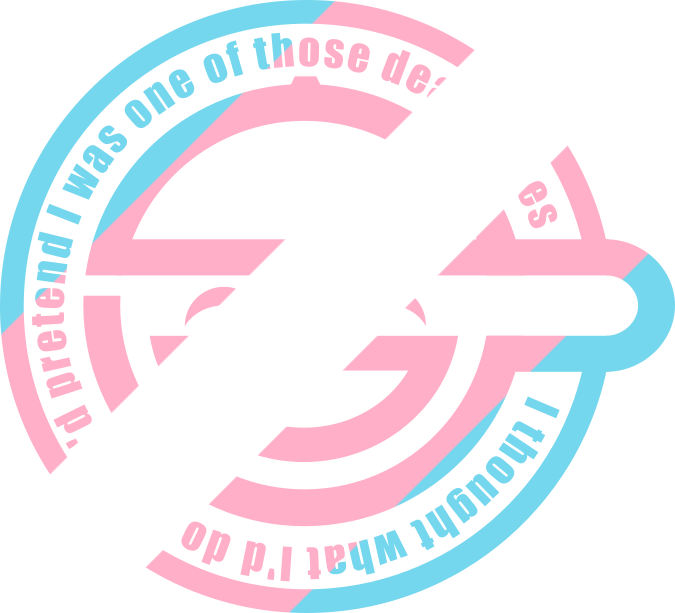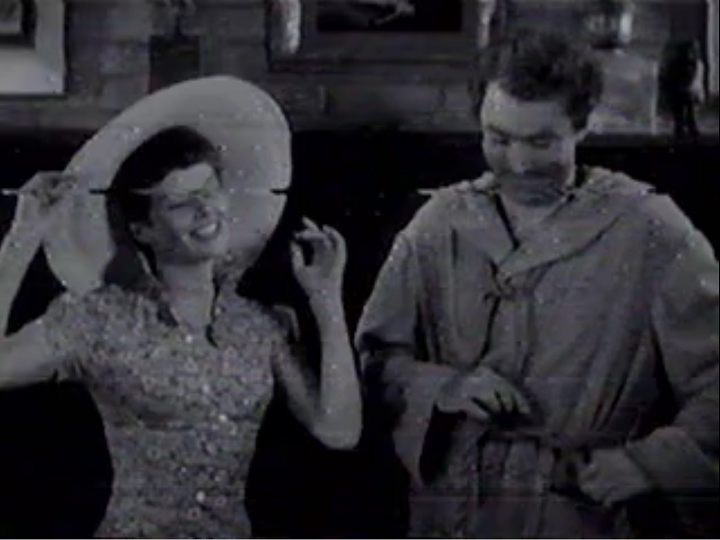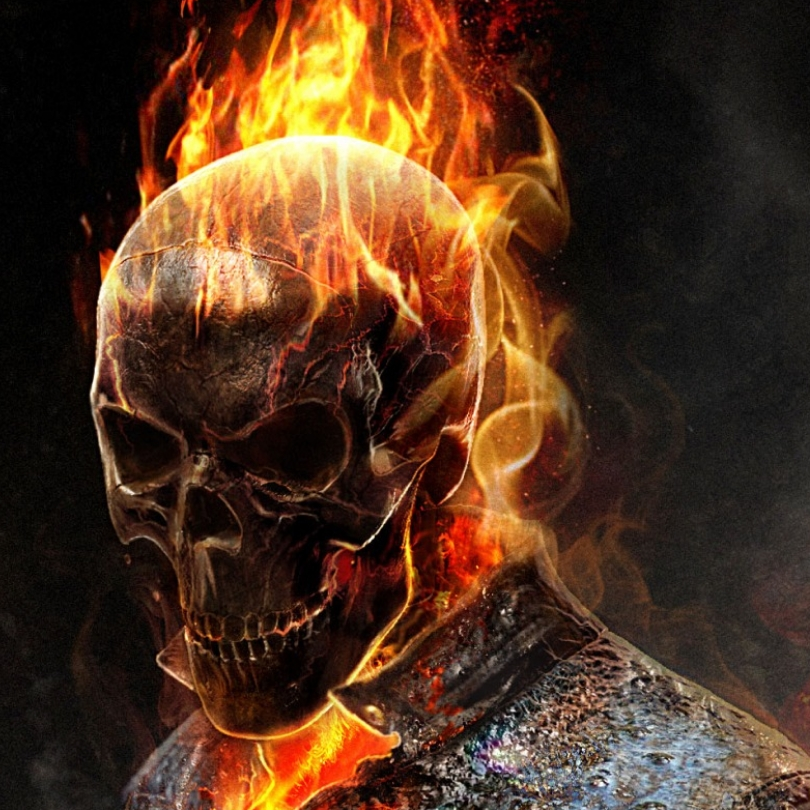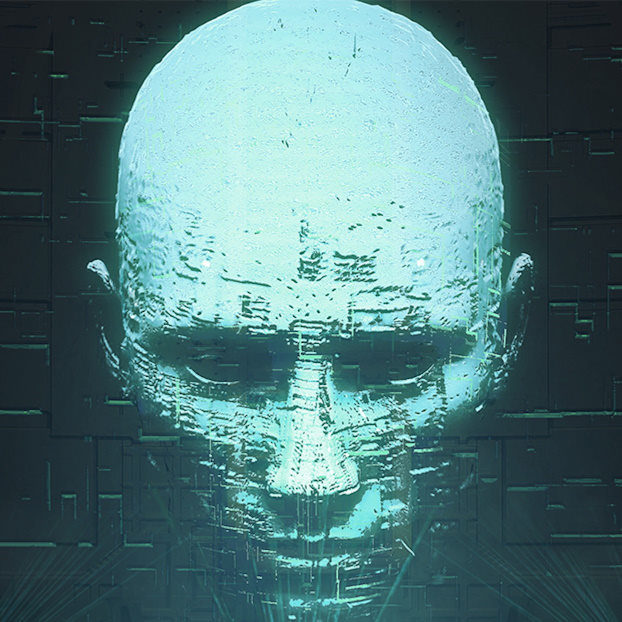Source Page. Credit is to SMBC-Comics and even more credit to @aperson@beehaw.org who noticed it was missing and found the credit in this comment. Sorry about that and thanks, you’re awesome aperson <3

I’m taking shuttlecrafts.

Anything that ever includes Galaxy Quest is an immediate win from me. Doesn’t help I’ve seen the movie so many times (it’s a movie version of my weighted blanket) that I can vividly hear that ‘exploded’ line in my head.
Fuck you I’ve gotta turn the damn movie on again now.
I like the “Gay” folder lol
Gay just looked a little nicer than “Porn” lol
That makes it 10 times funnier lol
What can I say, I’m a polite degenerate.

I’m a grown ass man who secures his devices and still use private tabs for porn and don’t keep anything in storage.
Stamets by name. Stamets by nature.
FYI your bottom image crashes Jerboa client 100% of the time lol
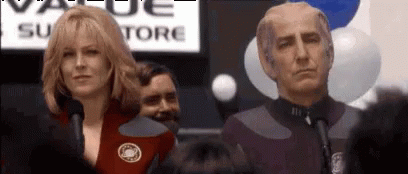
I’m still floored that Sigourney Weaver was 50 when she played that role. I’ve got 10 years before I hit that mark, and I already look like targ droppings.
She really hasn’t aged either since that role. That woman is stuck permanently at a drop-dead-gorgeous 40.
Star Trek The Motion Picture’s transporter accident gave me nightmares.
Galaxy Quest’s transporter accident made me laugh so hard I almost pissed myself.
Enterprise… what we got back didn’t live long… fortunately. The fortunately was always the worst part of the line.
There was an episode of The Outer Limits (7x08 Think Like a Dinosaur) that dealt with this exact question.
In that episode, humans are maybe-given a teleportation tech that creates a perfect copy somewhere else, but the aliens need to trust that we will ‘balance the equation’ (destroy the original) every time. That’s easy when the human in question is immobilized for transfer. Only one transfer goes wrong- the person being transferred is woken up before the transfer is confirmed, and then the transfer gets confirmed. So now you have the original human, who’s already been copied, and the transfer operator still has to ‘balance the equation’…
Not surprised Outer Limits has an episode on it. Definitely gonna try and watch it later. Sounds fascinating.
How have I not heard of this series? Looks twilight zone-ish? Is it worth a watch?
Yeah Twilight Zone is an apt comparison. It’s been a long time since I saw it but I remember there were a few pretty good ones. I’d give it a watch…
And that was based on a short story of the same name.
OK I’m not even a Trekkie but I was doing some elecromag homework and I have a really cool theory on this:
The teleporter thingy actually acts more like a guitar pickup, in a more E=mc^2 type of way, entirely perfectly converting the person into energy - not matter. (This would require an analog encoding from matter to energy). The biggest difference is the pickup totally uses up the entire person, so like if you strum a guitar and it converts to a perfect electrical wave (but the guitar goes mute).
This energy is a lot easier to transfer than just matter, but the person encoded within it still only exists once in that energy. (for the guitar analogy a speaker at the other end that picks up the guitar wave, and turns it back into sound)
Its then entirely used up to power the ‘person builder’ in an analog way, much more accurately than were able to recreate digitally (aka why tape record are the truest form of music recording we have, it accutate to a way smaller scale than we can capture digitally.)
This would then mean that we can’t just duplicate the creation process, cause the energy only flowed into the machine one time in that exact fashion, and duplicating it would require knowledge of every single atom in a person; then a way to accurately recreate that energy waveform to power the machine.
This also opens the possibility of the transporter ‘missing’ if somehow they moved faster than the speed of light, while the person was still being transported, and them being just a flash of light endlessly propagating throughout the void.
Idk if the things have range in the series, but it could also be that the angle a transporter can accurately capture that energy is limited, and so really far away things are too large to be able to accurately capture (unless you have a massive radar dish or something alike)
and duplicating it would require knowledge of every single atom in a person
I think that’s how a replicator works when you ask it for a dish.
I was also thinking about that, maybe they can do some simple proteins and such enough to trick our taste buds, but something as complicated as a conscious human would be out of their control.
So IG it also describes replicators?
They addressed this in startrekng, it was called the 'Hisunberg compensator ’
As far as I know that’s pretty much on point on how transporters work. There is an episode of TNG where someone was stuck in the energy state and conscious and saw energy beings living there. Of course then there is also the case of the two Rikers which seems to show that copying a person is indeed possible under very specific circumstances (I think there was some interference with exotic energy or something).
Actual teleportation is a legit property of quantum mechanics (e.g. in a real transporter you’re not killed/cloned – but “you” do cease to exist for some x period of time). Also a teleporter doesn’t need a ‘Heisenberg compensator’: you want the data to maintain its superposition.
The only caveat is the teleportation must be at or slower than speed of light.
I don’t subscribe to the Star Trek teleporters killing you. They turn you into energy on one side, shoot that energy across subspace to the other end, and recombine you back into matter.
Why do I believe this? Because of several episodes where transported crew members, including Barclay, describe the sensation and what they see as they stream through the energy/matter conversion field. If they can describe the feeling and visual stimuli from end to end, I don’t see how it’s 2 different entities. It’s the same one, converted from matter to energy and back again.
This also explains how Tuvix was created because of some plant getting mixed in with them. The weirder, harder to explain things, are the straight up transporter clones.
This is the struggle session that launches a million “a sufficiently high fidelity copy of a person is literally the same person” takes, which often conveniently require the original person to die to maintain that “literally the same person” take. If the person didn’t “go anywhere” and was told “congratulations, you teleported! Now kindly step into the biomass recycler because literally you is already at the destination” I don’t blame that original from not going quietly.
Two people can be literally the same person. Your argument only works if there’s a magic law that says there can be only one real ‘you’.
The “magic law” is just the consequence of what it means to be the “same” person. To be the same person, you have to, among other similarities, take up the same spatial-temporal space. This is why if we ask “is Bruce Wayne the same person as Batman” one of the first thoughts is “you know, I’ve never seen them in the same room before.”
Maybe what you’re getting hung up on here is the split. Let’s imagine there is one river (river A) which goes for a bit before it forks and becomes river b and river c. In some sense, we could say that both river b and river c are river a. But if you’re river b, then river c is not the same as you, and vice versa.
In the moment of copying, they’re the same, after that, they’re diverging through different experience. The difference in atoms/location is irrelevant from the perspective of that person’s consciousness. They both are the original in any sense that counts for them or others.
Am I not the same person as I was yesterday?
Sure, I am now different both to a molecular level and due to the experiences I have made since, but for all linguistic and social intents and purposes, I am the same person I was yesterday. Because “person” is already an arbitrary term we put on this collection of atoms merely based on continuity, like the Ship of Theseus. If we went by “spatial-temporal space”, then I would be space dust, a collection of bacteria, fluids, cells, proteins… and who “I” am would change every few seconds.
The same is true for two Rikers. That’s the entire point of the episode; that despite them diverging at the point of the cloning into two different people, they are still the same person and need to live with that.
The same is true for two Rikers. That’s the entire point of the episode; that despite them diverging at the point of the cloning into two different people, they are still the same person and need to live with that.
I don’t think that as the point of the episode. As their lives diverged their interests and desires did so as well. They were similar, yes, but still different people. Will was promoted after successfully evacuating the people of Nervala IV and he became focused on his career. Thomas was stuck on Nervala IV thinking of the woman he left behind, and when he’s rescued he wants to rekindle that relationship whereas Will let it fizzle.
To say nothing of Thomas eventually choosing to join the Maquis. That is not something we’d ever see from Will.
Will: Good luck, Will.
Thomas: I actually thought I might go with the name Thomas.
Troi: Your middle name.
Will: I guess we really are different. I never really cared for that name.
Thomas: Well, I sort of like it. I guess I’d better get going.
Sure, if your totally-not-magic society has 100% fidelity printed people and is totally fine with someone with officer clearance printing a few hundred of themself to collectively pull rank in every part of a Star Trek ship at once and demand interchanging legal presence as if the same person was everywhere at once at all times no matter what individually differentiating experiences those 100% fidelity copies start picking up to distinguish themselves. Totally not a magic system. Totally not just your hangup and contempt for the idea of an individual existing outside of crude reductionistic principles.
You’re the kind of guy to argue that when I cut a sandwich in half then there are two sandwiches.
Removed by mod
Removed by mod
Removed by mod
Removed by mod
Removed by mod
Removed by mod
There’s actually a book series I enjoy, the Bobiverse series, that does an interesting take on it. In it a human, the eponymous Bob, gets digitized and becomes the AI of a Von Neumann probe. He’s given the mission to make copies of himself, explore the galaxy, and build colonies for humanity.
Later on in the series...
As he makes more copies of himself, it’s found that the personality of the copies diverge more and more the farther from the original that they descend, and they eventually devise a statistical way to measure this divergence. No two extant Bobs are ever the same person, even though they’re identical copies.
However, it’s also discovered that if a Bob makes copy of himself, shuts down his original AI matrix, and only then the copy is turned on, that Bob will have no measurable divergence from the one he was cloned from. It’s measurably the exact same individual, and it implies that in-universe there’s some fundamental, tranferable property of identy. Arguably some kind of “soul”.
Not only that, if the original AI matrix is turned back on then that one starts displaying the divergence that was expected of the copy. This is used in one case to transmit the data of a Bob to a waiting, empty AI matrix around another star to avoid physical travel and side step the teleporter problem.
There’s a lot of sci-fi hand waving in it, but I thought it was a fun way to approach the question.
Uhhh, excuse me? My takes are totally original. T’Pol told me so.
If you stepped through a time-travel portal, your conscience would effectively not exist between the original time and the time the portal leads to, yet no one would call you dead. If you could somehow install your mind into a new body, let’s say you download it into a flashdrive and plug it into someone else’s brain while your original body lays without a mind, people may call our body dead but not you. So when there is a continuity of self between the person who steps inot the teleporter and the person who steps out, I will never call that a death, that’s silly.
Downloading to a flash drive - I don’t think this is actually transferring consciousness. Flash drives are just copies.
To survive the process, you would have to initially be plugged into something that is capable of acting as a full extension of your brain. You would then become simultaneously “one” with the device, as well as your current brain. Then somehow, your current brain functions would need to cease working, and you would be fully reliant on the new “brain.”
From there, that process in reverse would bring you to a new body.
In the time travel instance, there is still two of a person if they happen to visit the same place at the same time. They have different perspectives and experiences at that point and are different people even if they are from the same origins. They don’t share a consciousness; there are now two consciousnesses.
Same deal with the transporter struggle session if it just so happens that matter was replicated (like in the comic) but the person that was to be disintegrated simply wasn’t disintegrated.
I was specifically talking about forwards time travel to distinguish between someone’s mind existing in the world and them being alive as two separate states. In teh backwards timetravel example, what makes them different people? I would say legally they are the same person, and the same ethics and morals apply to them, and many people who know the version of them in the past would probably recognize them as the person they know albeit a bit different. Are you not the same person you were yesterday? Or a minute ago?
I suppose that’s the issue: it’s externally observed rather than internally experienced. The difference may matter for the one experiencing it rather than just being observed.
at teh end of the day we don’t have a definition of consciousness, so issues that would come down to it can’t be decided.
Perhaps not, but the first and only thing we as individuals are aware of (when we are aware) is that we are aware. The perceptions of external observers may not share that experience, but they can certainly try to invalidate it.
https://www.smbc-comics.com/comic/teleporter-3
Source to give credit and so you can read the title text, the panel that was cropped off, and the bonus panel.
Didn’t even realize that it was cropped out. I saved this from elsewhere, I wouldn’t intentionally deprive credit to the artist. I’ll edit it into the description and give you the credit for that too. Sorry!
Weird, there’s a bonus panel? I don’t see anything except the cropped intro
The title text (click comic to reveal)
The good news is this is the same thing that happens whenever you fall asleep, even for a second.
The bonus panel (click the red button to reveal)
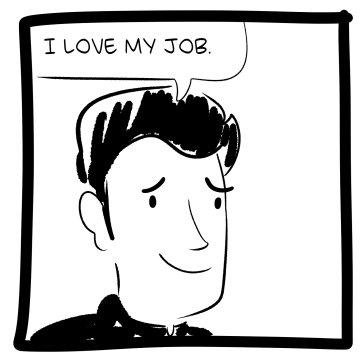
Transporter accidents prove transporters work this way and are murder machines. To an outside observer a perfect clone is the same person, impossible to differentiate. But to the individual’s experience, they die every time they are disintegrated in a transporter. It’s a new consciousness being created when reassembled that thinks it’s continuous. It’s hand-waved away because it’s how it’s always been and transporters are a key part of the Star Trek setting.
I think it’s more they are murdering the current instance of a pattern of matter and with it the biological implementation of the pattern of consciousness. Another instance of the same pattern is created near simultaneously. To flip it, aren’t they life creating machines as much as murder machines?
People get way too worked up about this.
Be less “Guy Fleegman afraid he was a redshirt” and more “Guy Fleegman once he’s realized he’s comic relief”.If a consciousness thinks it’s continuous that consciousness is continuous.
The substrate your consciousness dances on also changes all the time. Molecules arranged around the galaxy or cells dying and being replaced pose the exact same quandary, and the solution to both would seem to be “who cares”?The arrangement of cells and neurons known as “You” goes in, the arrangement of cells and neurons known as “You” comes out.
Not quite. You’re describing our brains as a ship of Theseus, which is fairly accurate. But our consciousness is always on while alive. Even asleep and in near-death or temporarily dead our brains don’t fully stop or die. Though our brains don’t actually replace neurons quite like they replace all other cells. When neurons are damaged, those pathways are lost. Our brain is redundant enough that rarely manifests as a total loss of ability. And when it does, our brains can eventually route new pathways. If enough of these are damaged at once, it can totally change a person’s personality.
But transporters turn matter into energy, those patterns are transmitted elsewhere, and energy (or different energy if stored in a pattern buffer) is reassembled very much like replicators. In this case the entire brain and body is stopped, destroyed and re-created. This is, for all intents and purposes, death and cloning. People have trouble with this because to anyone NOT transported, it looks identical. But the person absolutely stopped being alive and a new one was borne that thinks it has always existed.
And Star Trek backs it up. The classic transporter accident that makes a clone of someone? If the transported person is still the same consciousness, what is the clone? Clearly that person isn’t controlling 2 bodies with 1 consciousness. Which is the “real” McCoy? The answer is whichever wasn’t disintegrated, or neither if they both were as part of the transporter process.
But our consciousness is always on while alive.
Not all the time. Sleeping is the obvious exception. You may quibble about whether REM sleep counts as “consciousness”, but there are a couple of deeper types of sleep you cycle through that go way down into inactivity.
There’s also total anaesthesia, which (depending on the particular type) can shut your brain right down deeper than sleep does.
Then there’s people who have clinically died and then recovered, including some record-holders with Lazarus syndrome and who drowned in cold water - the record there is a 2-year-old who was submerged for 66 minutes and had a core body temperature of 19 degrees C when she was pulled out.
Within Star Trek itself there’s also Cryogenics (Khan and company were frozen while traveling in the Botany Bay) and Cryonics (the frozen people who were revived in TNG’s “The Neutral Zone”). Were those people still the same people as they were when they were frozen?
If a consciousness thinks it’s continuous that consciousness is continuous.
No, it’s simply mistaken.
The substrate your consciousness dances on also changes all the time. Molecules arranged around the galaxy or cells dying and being replaced pose the exact same quandary, and the solution to both would seem to be “who cares”?
The difference is that molecules and cells don’t all disappear at once. Consciousness is brain activity, and the brain has redundancy that allows that activity to continue uninterrupted even while small parts are being swapped out. When you destroy the whole thing, though, the activity stops.
The arrangement of cells and neurons known as “You” goes in, the arrangement of cells and neurons known as “You” comes out.
Would you be okay with your child (or some other loved one) being forcibly taken away and replaced with a perfect clone? If what you’re saying is true, you should be, since according to you they’re not just a copy, they’re literally the same person.
The difference is that molecules and cells don’t all disappear at once. Consciousness is brain activity, and the brain has redundancy that allows that activity to continue uninterrupted even when small parts are swapped out. When you destroy the whole thing, though, the activity stops.
The pattern buffer serves the same function of redundancy.
If you’re ok with the ATP that makes your brain ebbing and flowing while asserting a continuation of self, you shouldn’t theoretically mind if that change over happens all at once.
If it’s still “you” happening all at once, then it doesn’t matter either when that once is.
The pattern of synapse connections firing is what thinks it’s “you” and the transport duly preserves that pattern.Would you be okay with your child (or some other loved one) being forcibly taken away and replaced with a perfect clone? If what you’re saying is true, you should be, since according to you they’re not just a copy, they’re literally the same person.
Thinking “Any ‘you’ 'll do” doesn’t mean I want loved ones forced to do anything. People don’t tend to be forced onto transporter pads.
No, I wouldn’t want a loved one forcibly taken anywhere. If a loved one took a transporter trip I’d love them just the same when they got back though.
The pattern buffer serves the same function of redundancy.
No, because people are not conscious in the pattern buffer.
The pattern of synapse connections firing is what thinks it’s “you” and the transport duly preserves that pattern.
Yes, but consciousness is not a pattern, it’s an activity, and that activity gets interrupted. Saying that the consciousness continues is like saying that an aircraft that made a flight, landed, and then made another flight really only made one continuous flight. It’s the activity that we’re talking about, and the interruption divides that activity into two distinct instances, even though it’s the same object performing them.
If a loved one took a transporter trip I’d love them just the same when they got back though.
That’s not what I asked. The transporter destroys the original person, which makes it easy to pretend that the clone is that person. The point of my question is that you know that the original is still around somewhere out there. So I ask again: Would you be okay with your loved one being replaced by a perfect clone that looks and acts exactly the same, identical down to the last atom, while knowing that the original still exists elsewhere? Or would you consider that new version to be an impostor?
No, because people are not conscious in the pattern buffer.
I could dispute that, but I won’t as I don’t feel that even matters to my position that my consciousness is my consciousness no matter where or how it’s arranged.
Yes, but consciousness is not a pattern, it’s an activity, and that activity gets interrupted.
And then starts up again, indistinguishable from before and with every right to call itself “me”.
Would you be okay with your loved one being replaced by a perfect clone that looks and acts exactly the same, identical down to the last atom, while the original remains at large elsewhere? Or would you consider that new version to be an impostor?
I would love my child if they went on an away mission and came back via transport. I would love my children if they suddenly were twins.
I could dispute that
Yeah, well, in Strange New Worlds the doctor’s daughter isn’t even aware she’s being put through a transporter until he tells her, so… ¯\_(ツ)_/¯ (also, spoiler warning)
starts up again, indistinguishable from before
It is distinguishable by its history, which is known. Understanding that two things that are identical are still two different things and not the same thing seems like a very basic cognitive ability developed pretty early in childhood, and I should probably remember what the technical term for it is, I’m sure there is one. It’s also universally understood and accepted that genuine things are more valuable than their replicas, even if the replicas are so good that their lack of documented history is the only thing that distinguishes them from their genuine models. (This is why genuine antiques with known provenance are far more expensive than even perfect fakes.) As such, I find it very difficult to believe you’re arguing in good faith here.
with every right to call itself “me”.
Oh really? Okay, another thought experiment: Let’s say someone creates a perfect clone of you. Does that clone now have rights to your property? Is it okay if he/she sleeps with your spouse?
I would love my children if they suddenly were twins.
But would you be okay with your child being taken away and replaced with a duplicate? If you’re being honest, you should be. Nothing’s changed from your point of view, it’s the same person. Right?
It is distinguishable by its history, which is known. Understanding that two things that are identical are still two different things and not the same thing seems like a very basic cognitive ability developed pretty early in childhood, and I should probably remember what the technical term for it is, I’m sure it has one. It’s also universally understood and accepted that genuine things are more valuable than their replicas, even if the replicas are so good that their lack of documented history is the only thing that distinguishes them from their genuine models.
If you and I each have 2006’s SMASH action film Crank on DVD, we both have the film Crank. There exist more than one of those. If a person is cloned by a transporter there are two of that person, but they diverge by virtue of unique experience.
(This is why genuine antiques with known provenance are far more expensive than even perfect fakes.) As such, I find it very difficult to believe you’ve arguing in good faith here.
Well you can fuck yourself if it pleases. It’s one thing to disagree with me, it’s another to impugn the earnestnest with which I state my position.
Oh really? Okay, another thought experiment: Let’s say someone creates a perfect clone of you. Does that clone now have rights to your property? Is it okay if he/she sleeps with your spouse?
I can see an argument for the property, and if a clone slept with my spouse would be between the clone and my spouse.
But would you be okay with your child being taken away and replaced with a duplicate? If you’re being honest, you should be. Nothing’s changed from your point of view, it’s the same person. Right?
Irrelevant as people are not dragged away to the teleporter, Tuvix notwithstanding.
If a loved one took a transporter trip I’d love them just the same when they got back though.
No, you’d love a copy of them just the same…
You could say the same of a 7 year old in relation the the baby you previously loved.
With all the cell-division this creature before you is just a modified copy.
Well, no. It’s an evolution of the original one.
Not a newly created copy.
It’s constantly copying itself through cell division and gene replication.
I’ve always wondered if your consciousness would transfer over.
There’d be a consciousness, it would have your memories and be indistinguishable to you, but I can’t understand where the chemical/physical parts of the brain turn into me perceiving and experiencing stuff.
Well consciousness is just chemical and electrical impulses. If you manage to re-create everything down to the molecule in the right area then you could completely rebuild the consciousness. Also means you’d be able to completely manipulate memories, experiences, basically anything held in the brain. Provided you had an intense enough neural mapping and deep enough understanding of the human brain to accomplish that. Luckily in the Trek universe, at least at the time of the 24th/25th century, that isn’t possible.
Your current consciousness, the one you are thinking with right now, would end.
A clone of you would go on at the transport site, fully believing that it is you, and that everything was fine.
Reconstructive teleportation is just remote replicators with mind control.
Feel free to prove the discontinuation of consciousness scientifically while satisfying all philosophic schools of thought on the matter.
Easy, build the clone without destroying the original, then test if they share perceptions and memories. Show one a playing card and ask the other what card it was or something. Proving that two people don’t have the same consciousness is pretty trivial, and I don’t know of any philosophical schools that would dispute that.
It seems a silly question to ask, but interesting to think about because I can’t think of a way to prove the intuitively obvious answer: how does one know that the duplicate doesn’t somehow inherit the original consciousness, and some new one with the memories and personality of it doesn’t get immediately generated in the original body?
My point is meant to be, that proving that two duplicates are not the same people as eachother, is not quite the same thing as proving that a duplicate is not the original person.
how does one know that the duplicate doesn’t somehow inherit the original consciousness, and some new one with the memories and personality of it doesn’t get immediately generated in the original body?
Consciousness is brain activity. New brain = new activity = new consciousness.
The activity of something is essentially information (consider how computer programs are ultimately just the activity of the components of a computer). If I copy information from one substrate to another, and do so with no changes, I don’t have any new information. Applying that back to brains, assuming that consciousness really is only brain activity (which seems highly likely, but since we don’t really understand the nature of consciousness, isn’t completely proven), then I’d disagree with the new brain= new activity step
Your current consciousness, the one you are thinking with right now, would end.
Same thing happens every time you go to sleep. If your consciousness exists you exist, right down to you worrying about continuity of consciousness.
I’d buy this argument if brain death happened every time you went to sleep. Being in maintenance mode doesn’t count.
Brain activity does not cease when you sleep.
Are you sure?
Pretty sure we would know by now if people became braindead on a nightly basis.
Also means you’d be able to completely manipulate memories, experiences, basically anything held in the brain.
That’s assuming you know which exact parts do exactly what. Kinda like an encrypted zip file versus an unencrypted one.
You edit whatever set of bits/bytes you want in both, but only in one of them will you actually know whats going on.
There is a chapter or two from a book by philosopher Derek Parfit that tackles the transporter issue pretty head-on. It draws what I feel to be a pretty compelling distinction between the continuity of your conscious mind, referred to as Relation R, and the personal identity that is lost when using the transporter. He then asks which is more important. Worth a read if this stuff interests you.
I look forward to reading it, and I will be able to enjoy certain kinds of scifi much more if it convinces me nothing is lost. Your phrasing makes me think it’s just going to reinforce my general worry about that sort of tech though.
(I recognize that it’s fictional, it just breaks stories with similar tech a bit for me.)
Nothing of value is lost.
Dunno, I value my continued existence pretty highly. Maybe I’ll change my mind when I read the PDF.
Your continued existence isn’t in question. Continuity of consciousness is an illusion. If you would put your brain state in stasis and resume it later, you wouldn’t feel any different. Neither would a copied version of you. That feeling of continuity is all there is to consciousness.
The copy wouldn’t feel any different, but I’d be dead. The process as described in OP (and most fiction) is inherently destructive, IMO.
No you wouldn’t be any deader than you will be a fraction of a second from now. You only live in the moment. In the next you are replaced by someone who is almost, but not exactly you. Continuous consciousness is an illusion, or a concept. There’s no magic piece that makes you you.
It’s a trick of perspective.
Ok, thanks for your input!
Does that mean transporter clones are when the transporter ACTUALLY worked?
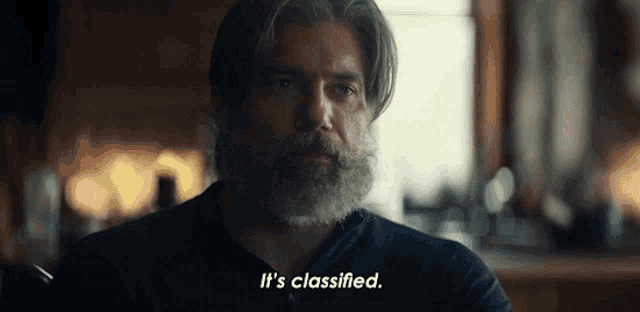
deleted by creator
Okaaaay, just because you’ve brought it up…
Transporters in Star Trek are shown to definitely not be duplication machines. “Our Man Bashir” (DS9) is probably the most definitive proof of that.
Personally, I think transporter technology explains the staunch atheist (but still open-minded and sometimes spiritualist) Federation mindset: they know that their entire being can be reduced to a matter/energy stream. The transporter makes a devastating philosophical challenge to the idea of a “soul.” Which is, ironically, why so many Federation officers refuse to accept anything that challenges that assumption (VOY “Sacred Ground”).
Adding to your examples in the cannon of Star Trek the teleporter is not a murder machine, except for all those transporter accidents. In “Daedalus” (ENT) the creator of the teleporter somehow proved it, even if not every officer believes that yet.
Real life though, I’d never set foot in a transporter. A real life, Star Trek like transporter would definitely be a murder machine though.
The real life version wouldn’t even make a copy somewhere else, it would just be that phone booth from Futurama.





